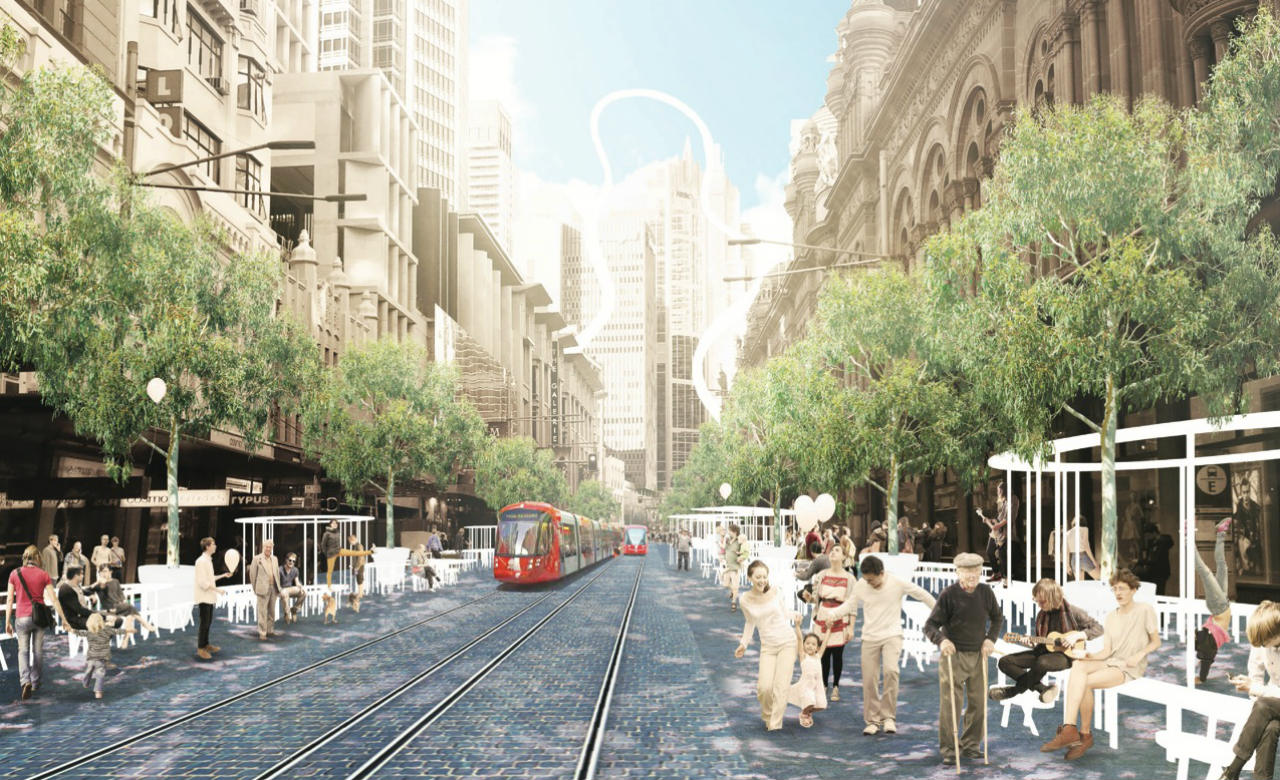Oslo's New Green City Government Is Banning Cars in the City Centre
The latest major city to go car-free. Snaps.
Norway’s capital Oslo has recently elected a leftist city government and they’re already implementing radical new plans that may soon see Norway grow more famous for its sustainable practices than its Viking history and fjords. Oslo's city centre is about to go car-free.
By 2019, private vehicles will be banned from Oslo's CBD, where according to local press Verdans Gang, about 90,000 people work, but only 1000 live. The pedestrianisation of Oslo's centre is an attempt to reduce carbon emissions to 50 percent of 1990 levels by 2020. Don’t it bring a tear to your eye? Snaps for Oslo.
The plan isn’t without controversy, obviously. The proposal has raised concerns for local businesses who worry the program will reduce the amount of shoppers out and about. Others have raised legitimate concerns that seniors, people with disabilities or families with young children will suffer without access to private transport. To counter, the city will allow vehicles with disabled stickers and zero-emissions vehicles on the roads, but ultimately the message is: if you’re able, you gotta use bike lanes or public transport. The city government also plans to supplement the scheme by building more bike lanes, subsidising the purchase of electric bikes and moving away from fossil fuel investments in pension funds.

Around the world, many big cities are coming to the realisation that the only way to improve the health of the population and reduce urban pollution, is by reducing traffic rather than managing it. In September, Paris implemented a one-day scheme wherein large parts of the inner city were closed off from traffic for a day, including the iconic Champs Elysees (we’ve heard it’s a busy street, but maybe that’s thanks to all the traffic?). The Guardian reported Parisians walked around in awe of the quiet, clean air, with one citizen even saying “Everyone seems to be smiling, and not as stressed,” (awww bless).
In Seoul, a forward-thinking city government in 2003 ripped up a highway to execute a plan to restore the Cheonggyecheon stream, which runs through the centre of the city and was laden with pollution and debris. The restoration meant getting rid of an overland highway that ran along the stream and carried a huge amount of traffic. What their traffic engineers found however instead of acting as a liquid and clogging adjacent streets, the traffic acted as a gas and contacted to fill the space available. It seems that highways follow the same basic principles as baseball fields — if you build it, they will come.

Another stellar example comes from Curitiba in Brazil, otherwise known as the Green City. In 1972, architect Jamie Lerner was elected as mayor and his first act was to physically blockade a major traffic artery in the heart of the city, without approval from anyone but himself, and restore it for pedestrian use. Total baller. The coup took less than 72 hours and was the first of many environmentally sustainable initiatives that have rendered Curitiba a shining example of smart, cheap design.
And now, fingers crossed, Australia is looking to follow suit. Long term plans for Sydney’s George Street include reclaiming a large portion of it for pedestrian use. Brisbane’s controversial City Centre Master Plan aims to pedestrianise Albert Street to create a 'green spine' from one side of the city to the other. Yassss. Onya ‘Straya. Now if you’d just bump down the price of public transport and we’ll be all gravy.
Via The Guardian. Images: Dollar Photo Club/City of Sydney.





